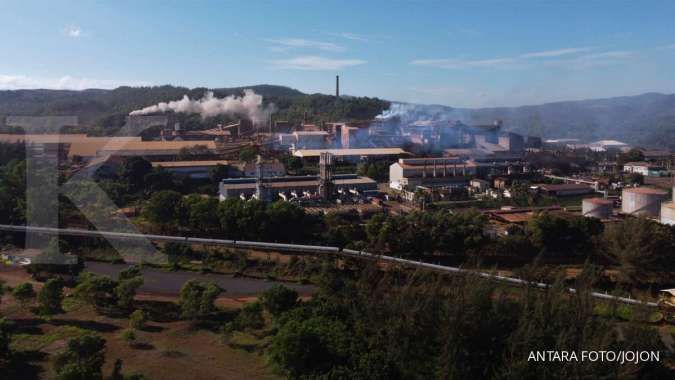Watch the video
A black hole devoured a star the size of the sun. NASA has registered an extremely rare phenomenon
–
An international team of scientists using the telescopes of the European Southern Observatory recorded an unusual flare of light from a star 215 million light-years from Earth.
Black hole made a star “spaghetti”
Analyzes of the signal observed in the past year allowed for detailed research and proving that the event was caused by a supermassive black hole (about one million solar masses), which tore a nearby star (with a mass close to the Sun). So we had what scientists call the tidal disruption event. Researchers labeled them as AT2019qiz.
This happens when a star gets dangerously close to a black hole, for example. Tidal forces caused by the much more massive black hole slowly peel off the top “layers” of matter that begins to orbit the event horizon (a place beyond which the black hole’s gravitational field can no longer be pulled out), creating an accretion disk.
The material of the star gradually falls (accretes) onto the black hole, heating up to enormous temperatures and releasing large amounts of energy. The star, on the other hand, is stretched into a long stream of matter and experiences the so-called spaghetti (spaghettification or noodle effect) – then it looks like popular Italian pasta.
When an unlucky star wanders too close to a supermassive black hole at the galaxy’s center, the black hole’s extreme gravitational pull will rip the star into thin jets of matter
– explains the author of the research, Thomas Wevers quoted in an ESO release.
A black hole obscured by star matter
The researchers point out that when the tidal disruption occurs, the energy released ejects the outer layers of the star into space, creating bright jets that obscure observation. It is precisely because of the presence of the gas that obscures the phenomenon that scientists have had difficulty in carefully examining how a black hole devours a star.
This time, however, it was possible because the AT2019qiz phenomenon was discovered at a very early stage – at the moment of star disruption. Back then, the ejected matter did not interfere with the observation. For more than six months, scientists followed the entire process during which the black hole swallowed approximately half the mass of the star.
Because we caught it [zjawisko rozerwania pływowego – przyp. red.] in the early stages, we could actually see a veil of dust and debris rising as the black hole ejected a massive outflow of matter at speeds up to 10,000 km / s. This unique peek through the veil provided the first opportunity to determine the origin of the obscuring material and track in real time as it surrounds the black hole
– dodaje Kate Alexander z NASA Einstein Fellow.
Scientists emphasize that it was the closest to the Earth such a phenomenon recorded so far. The study will help scientists better understand supermassive black holes and the behavior of objects in their extremely strong gravitational field.
Observations were carried out in ultraviolet, optical, X-ray and radio range with the ESO astronomical observatories located in the Atacama Desert in Chile – the Very Large Telescope (VLT) and the New Technology Telescope (NTT). The research results were published in the scientific journal “Monthly Notices of the Royal Astronomical Society”.
–


:quality(80)/cdn-kiosk-api.telegraaf.nl/247c7aa2-0cc6-11eb-88f7-0255c322e81b.jpg)